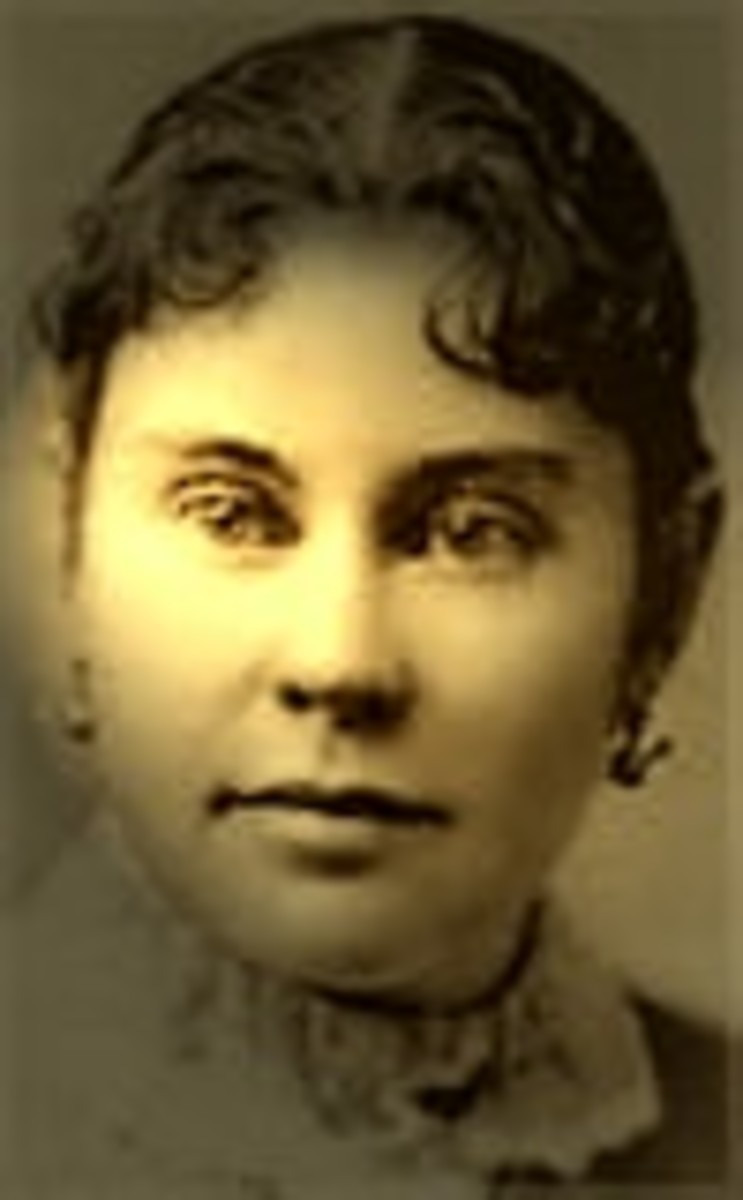Aldo Leopold: Getting Back to Nature
Taking a Walk with the Children

Aldo Leopold: Getting Back to Nature
Back in 1948 Aldo Leoplold (1887-1948) has left us a volume of classic wilderness writing in the vein of Henry Thoreau and John Muir that grew out of a lifetime of observing the natural world in Wisconsin as well as Arizona. Perhaps one of the most significant features of A Sand County Almanac (1948) is its wry and sometimes strong ironic wit. Through wit, Leopold gives poignancy to his cemmentary on early twentieth-century American education and its ignoring of the natural environment of America. He writes, "I once knew an educated lady, banded by Phi Beta Kappa, who told me that she had never heard or seen the geese that twice a year proclaim the revolving seasons to her well-insulated roof. Is education possibly a process of trading awareness for things of lesser worth? The goose who trades his is soon a pile of feathers."
Later in the book, Leopold suggests that education, unfortunately, "is learning to see one thing by going blind to another." Such difficulties arise because too many professors have become so specialized that they are deaf to the orchestral harmonies of life. Such criticism back in the 1940s along with many other voices has led to, hopefully, a greener education for today's college students.
But what is worse is that society at large has blinded itself by succumbing entirely to economic pressures resulting in a mismanaged planet rapidly losing its vegetable mold and replacing it with material luxuries. I suppose this kind of observation from the 1940s, unfortunately, still holds water today. Leopold wittily remarks, "It might be wise to prohibit at once all teaching of real botany and real history, lest some future citizen suffers qualms about the floristic price of his good life." The real danger is that future generations will not even miss what we have willingly destroyed (say, by shooting Alaskan wolves from helicopters). Our real standard of living should be rooted in the total enjoyment of the changing seasons in the midst of America's woodlands or prairies. Here we can truly understand the value of wood as fuel, bird flight as poetry, and rustling leaves as music.
Leopold describes his experience in Wisconsin of cutting through a dead oak tree one February for firwood. As he cuts through the rings of years to the 1860s when the tree had its birth, he utilizes the occasion for commentary on America's tragic wastefulness of its natural resources: "Now our saw bites into the 1920s, the Babbittan decade when everything grew bigger and better in heedlessness and arrogance--until 1929, when the stock markets crumpled[sound familiar?] If the oak heard them fall, its wood gives no sign." His oak litany continues backward into the nineteenth century: "In September 1877, two brothers, shooting at Muskego Lake, bagged 210 blue-winged teal in one day...in 1875 four hunters killed 153 prairie chickens at York Prairie, one county to the eastward...in 1874 the first factory-made barbed wire was stapled to oak trees; I hope no such artifacts are buried in the oak now under saw! In 1873 one Chicago firm received and marketed 25,000 prairie chickens...in 1872 the last wild Wisconsin turkey was killed, two counties to the southwest." The scathing critique continues as his saw cuts deeper into the tree rings back to the time when the last native Wisconsin elk was killed.
Leopold suggests or rather admonishes the human race to re-establish its unity with its planet by becoming part of the changing seasons, part of the hills and prairies, and part of the farms and forests and not something preciously separate. Wild plovers should be respected for what they are and not for post-Vicyorian banquets. Silphium should not be a remnant plant that barely survives human conquest of Nature. Leopold wonders "what a thousand acres of Silphium looked like when they tickled the bellies of the buffalo is a question never again to be answered, and perhaps not even asked."
Though we are better housed, better fed, and better clothed and better "high-teched" than our grandfathers and great-grandfathers, we are deprived, Leopold believes, of our native and wild roots. Can we any longer appreciate areas like Clandeboye Marsh in Manitoba where yellow-legs walk a poem in the midst of this Pleistocene remnant? "Abraham," Leopold writes, "knew exactly what the land was for: it was to drip milk and honey into Abraham's mouth. At the present moment, the assurance with which we regard this assumption is inverse to the degree of our education."
A Sand County Almanac is a book like Thoreau's Walden or Edward Abbey's Desert Solitaire that should be read and re-read by all generations through the years as a counter-balance to the status-quo.
Reading
Have you ever read A Sand County Almanac?
Wisconsin
© 2010 Richard Francis Fleck



